Our grape varieties
Riesling
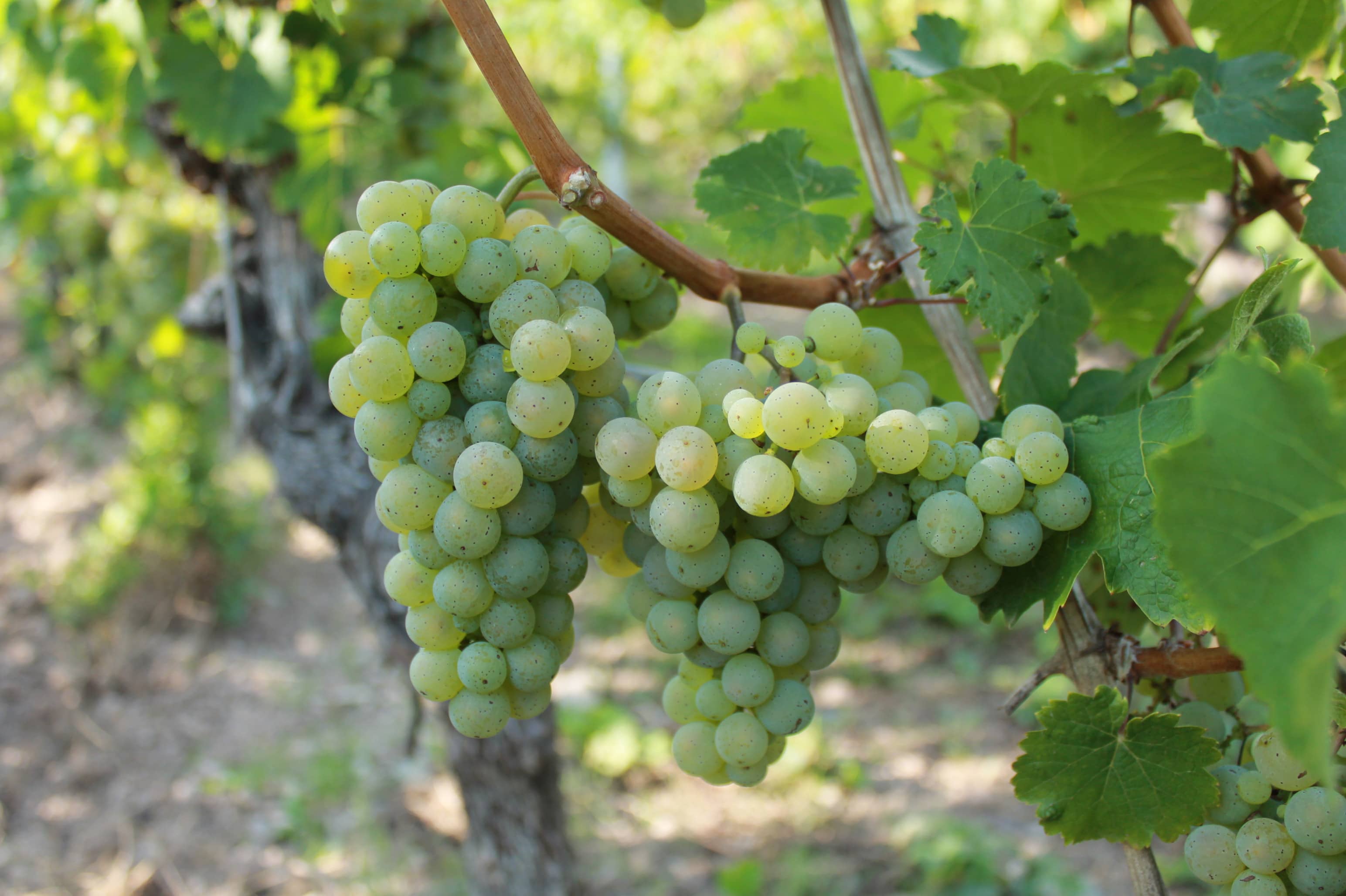
Riesling is one of the most valuable and important grape varieties in the world. Originally it comes from native wild vines, from which this vine has selected
itself over centuries. Riesling plays an important role in Germany, occupying a quarter of the total vineyard area of 23,800 ha. The Mosel in particular is known
for Riesling, where it accounts for 60% of the vineyard area. Riesling is a slow ripening grape variety, whose characteristic element is the fruity acidity. It places
high demands on warm, south-facing (steep) locations, preferably easily heatable, dry clay slate soils and a favourable microclimate. Riesling vines are frost hardy
and yield-true; the grapes are small-berried and mature late. The wine is characterised by its moderate to high alcohol content, a stimulating, fruity acidity and an
unobtrusive sweetness. The rich content of valuable minerals is due to the slate weathering soils and the precipitation in summer during the growing season. Because
of the long ripening period, our Mosel Rieslings have a noble, persistent but not intrusive bouquet, paired with a noble, fine, balanced fruit. A long shelf life
guarantees the pleasant fruit acidity. No other grape variety in the world produces such a wide variety of quality grades: the palette ranges from the aromatic sparkling
wine base, fruity quality wine to the light Kabinett, rich late and noble selections, to the exquisite rarities such as ice wines or berry and dried berry selections.
Kerner
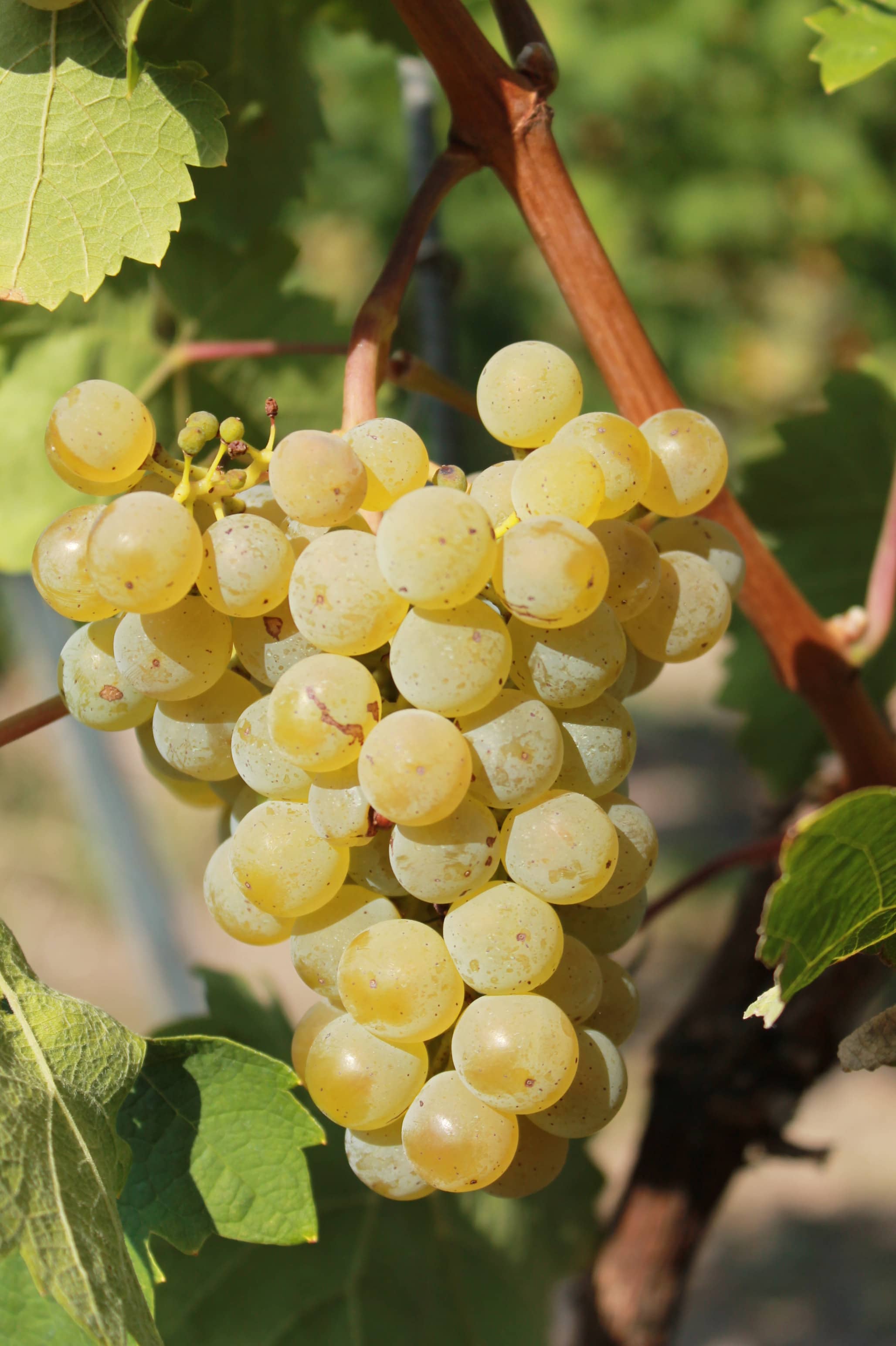
The Kerner reached the peak of its popularity in 1992. Since then, the cultivation of this grape variety has unfortunately declined.
The stone vine loves soils that are neither too wet nor too dry. A long maturing period until late autumn enables must weights above those
of Riesling. Ripeness and frost hardness are good, the foliage work is labor-intensive. The variety provides good, quite continuous yields
with mostly for Prädikatsweine sufficient must weights. The grades of the wines range from quality wine to selection and form a complementary, harmonious
enrichment in our predominantly large Riesling offer. Kerner wines are often riesling like in the quality wine range. At a higher level, the bouquet is slightly
more aromatic; it is acidic, finely aromatic and fruity (pear, orange jam, green apple, currant, apricot, ice-cream candy) and sometimes has a hint of muscat.
Rivaner (Müller-Thurgau)
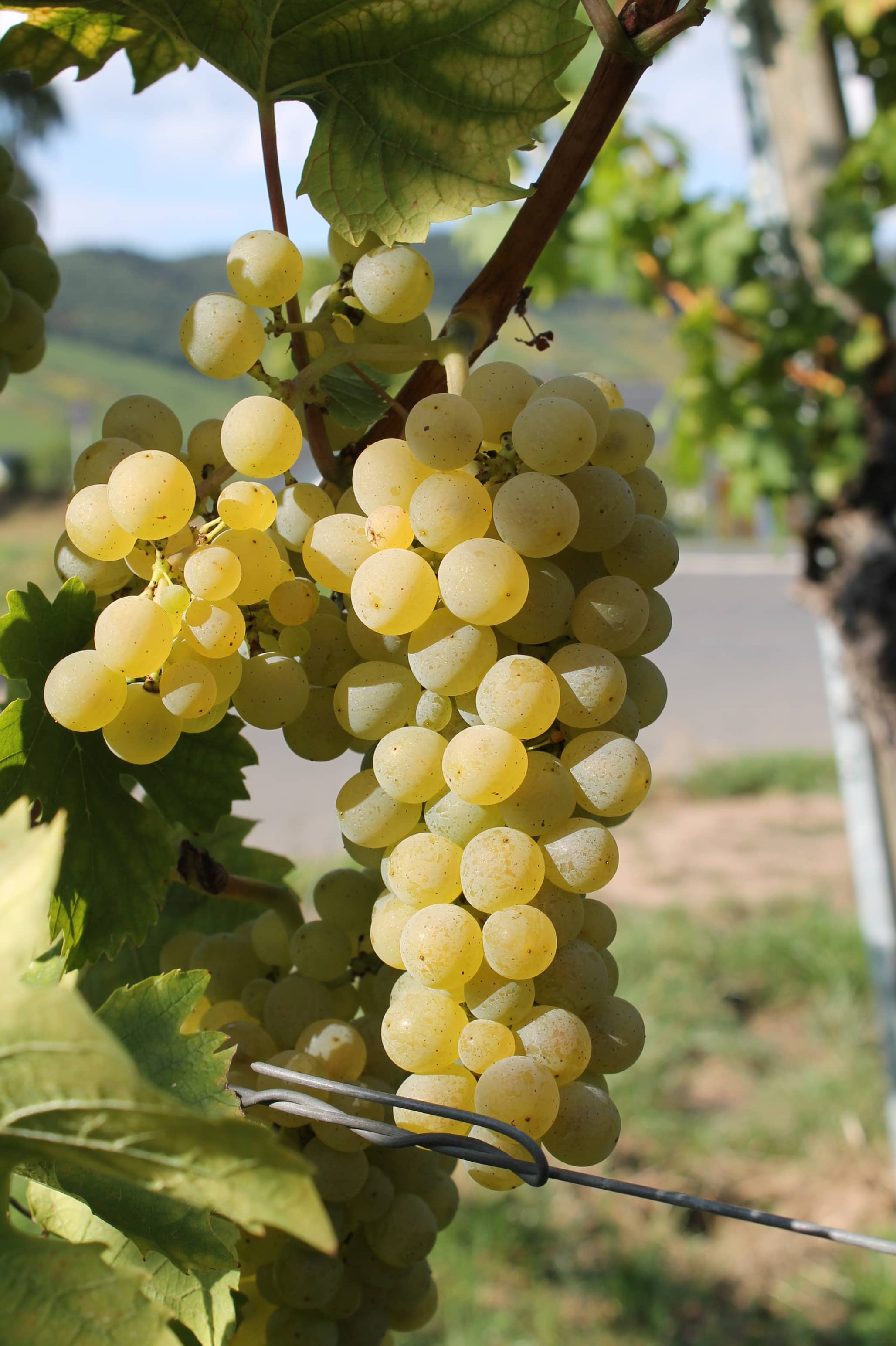
The Müller-Thurgau grape was bred by Professor Herrmann Müller from the Swiss canton of Thurgau in 1882 and was the most cultivated grape variety in Germany
until the nineties. This position was then transferred to Riesling, but it can still be found in almost all German growing regions with about 12% of the German
vineyard area. For a long time it was assumed that the parents of Müller-Turgau were the grape varieties Riesling and Silvaner. This led to the synonym Rivaner, which
has since become established. However, recent genetic investigations have shown that Müller-Thurgau is a cross of Riesling x Madeleine royal. Nevertheless, the name
Rivaner has remained.
Due to the low location requirements and the preference for soils rich in fine soil and not too dry, Müller-Thurgau is mainly found in valley locations and
slopes that are coming to an end. The grape variety ripens early and produces tasty, versatile, sometimes flowery wines with a fine fruity nutmeg aroma.
The acidity is rather mild and soft.
Red wine of the Mosel:
Recent archaeological findings prove that red grape varieties have existed in our wine-growing region since Roman times. Over the centuries, the white grape
varieties became more and more established. The last Elector of Trier - Clemens Wenzeslaus - ordered only Riesling vines to be planted in 1787, so all other
grape varieties were gradually replaced. The last vineyard with a red grape variety on the Mosel was only cleared around 1936.
It was not until 1987 that the ban was lifted and, with the replanting of red vines, a tradition thousands of years old was resumed.
In good locations, the fast-drying slate weathering soils with an average content of fine soil form ideal conditions for rich red wines.
Spätburgunder
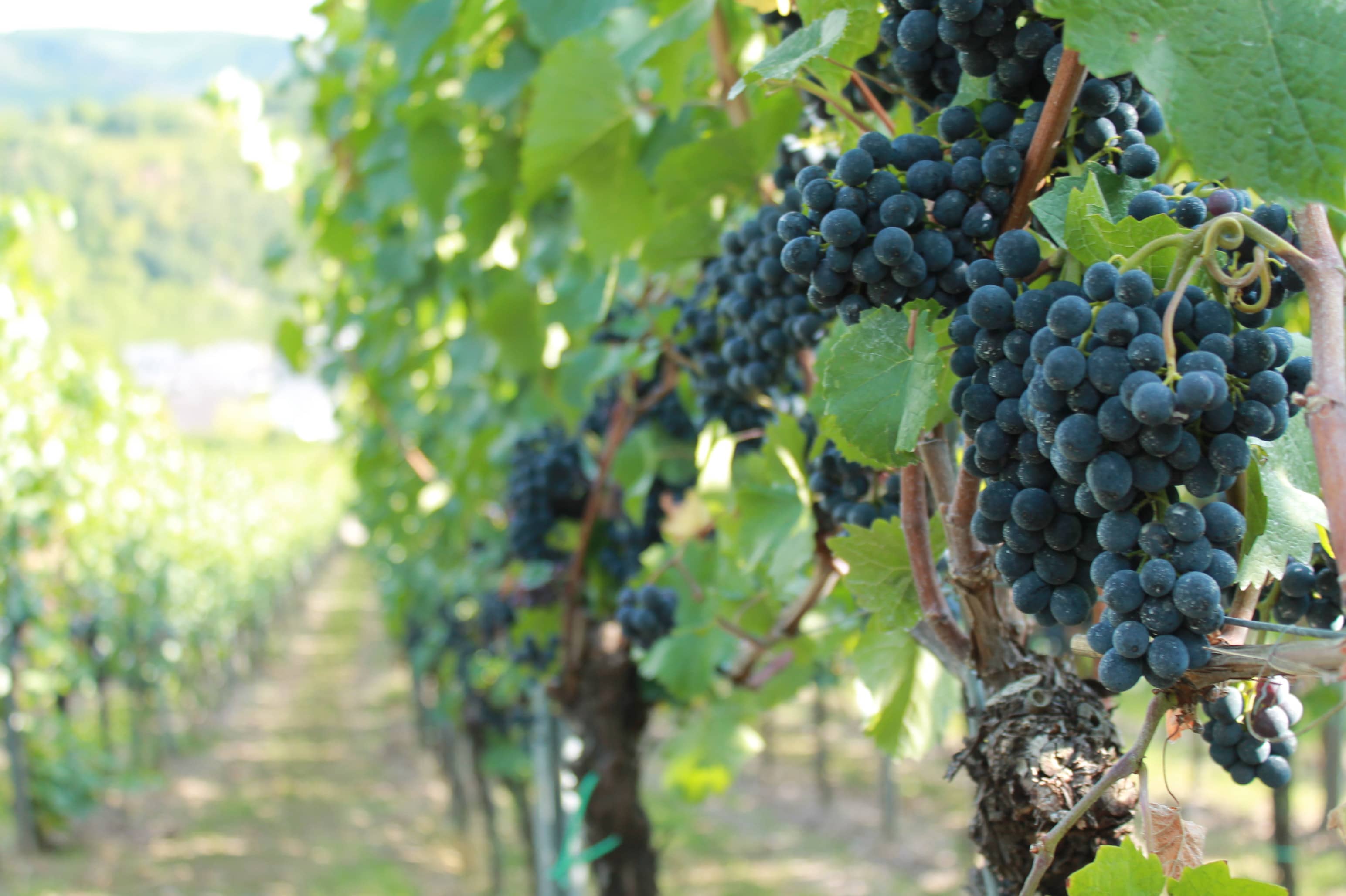
It is considered an old, classic, but also the noblest red wine variety and is planted in all German wine-growing regions. Warm, loose
and deep soils in good locations are the prerequisites for this demanding grape variety from the Burgundy family. It delivers normal yields at a medium-late
maturity. Also important is the production of healthy, ripe grapes with a colouring from dark blue to deep purple berries. The colour of the Pinot Noir red wine is
shimmering violet to bright ruby red. It tastes full-bodied, full-bodied and leaves a velvety finish. The charming bouquet is reminiscent of blackberries and sometimes
bitter almonds. The typical Pinot Noir has a slightly sweetish scent of red fruits, from strawberry, cherry and blackberry to blackcurrant. Only after a few years of
bottle storage do Pinot Noir red wines reach their peak in taste with high enjoyment value. Rosé wines from Pinot Noir grapes taste lively, elegant, full-bodied and
have a salmon to light red colour. The luminous clarity and charming bouquet are also impressive. They are more like white than red wines and are therefore drunk lightly
chilled; a popular summer wine. In Blanc de Noir, the Spätburgunder grapes are pressed directly after the harvest; after fermentation, the grapes undergo a biological
acid reduction. It corresponds in structure and character to the wine type of the Weißburgunder.
Dornfelder
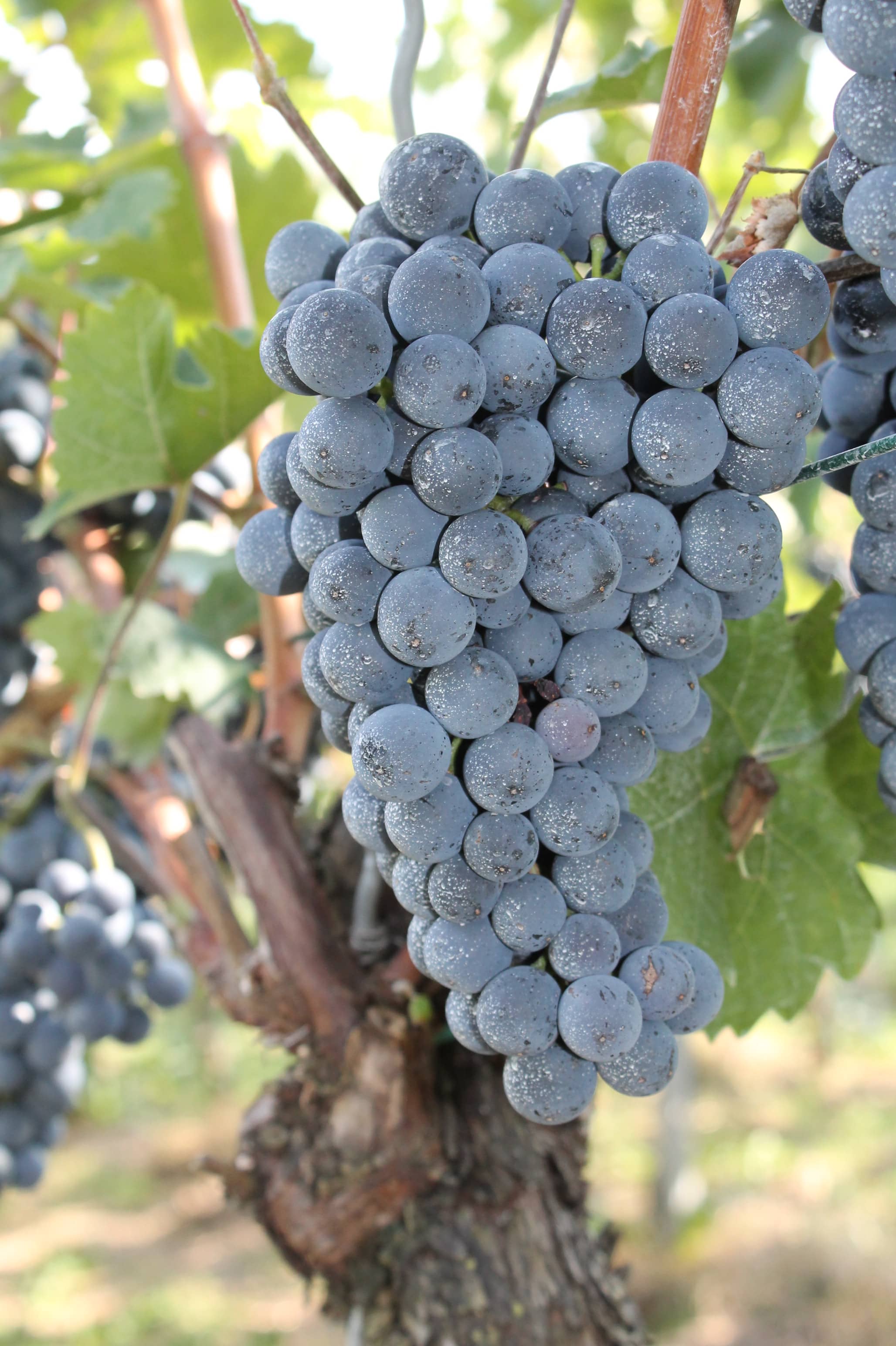
Dornfelder is a very successful young red grape variety and requires vigorous soils in wind-protected areas. High fertility requires a moderate bleed to achieve
a balanced quantity/quality relationship. Dornfelder supplies precocious, large, tasty grapes. The wine has a deep dark red colour and is full-bodied, expressive and
persistent in taste. It also has a balanced, pleasant tannin structure and an aroma of ripe cherries, blackberries or elderberries. In our winery the red wines are
matured according to the labour-intensive process of mash fermentation. Mash fermentation is a classic, proven process in which the grapes are destemmed after
harvesting and then fermented together with the skins and seeds. The aim of this process is to extract the flavours, tannins and colourings from the skin and the seeds.
A healthy and mature harvest is a prerequisite for mash fermentation. The result is a deep, strong, complex red wine with a higher tannin content. It needs a longer
maturing time, but guarantees a long shelf life.
Muscaris
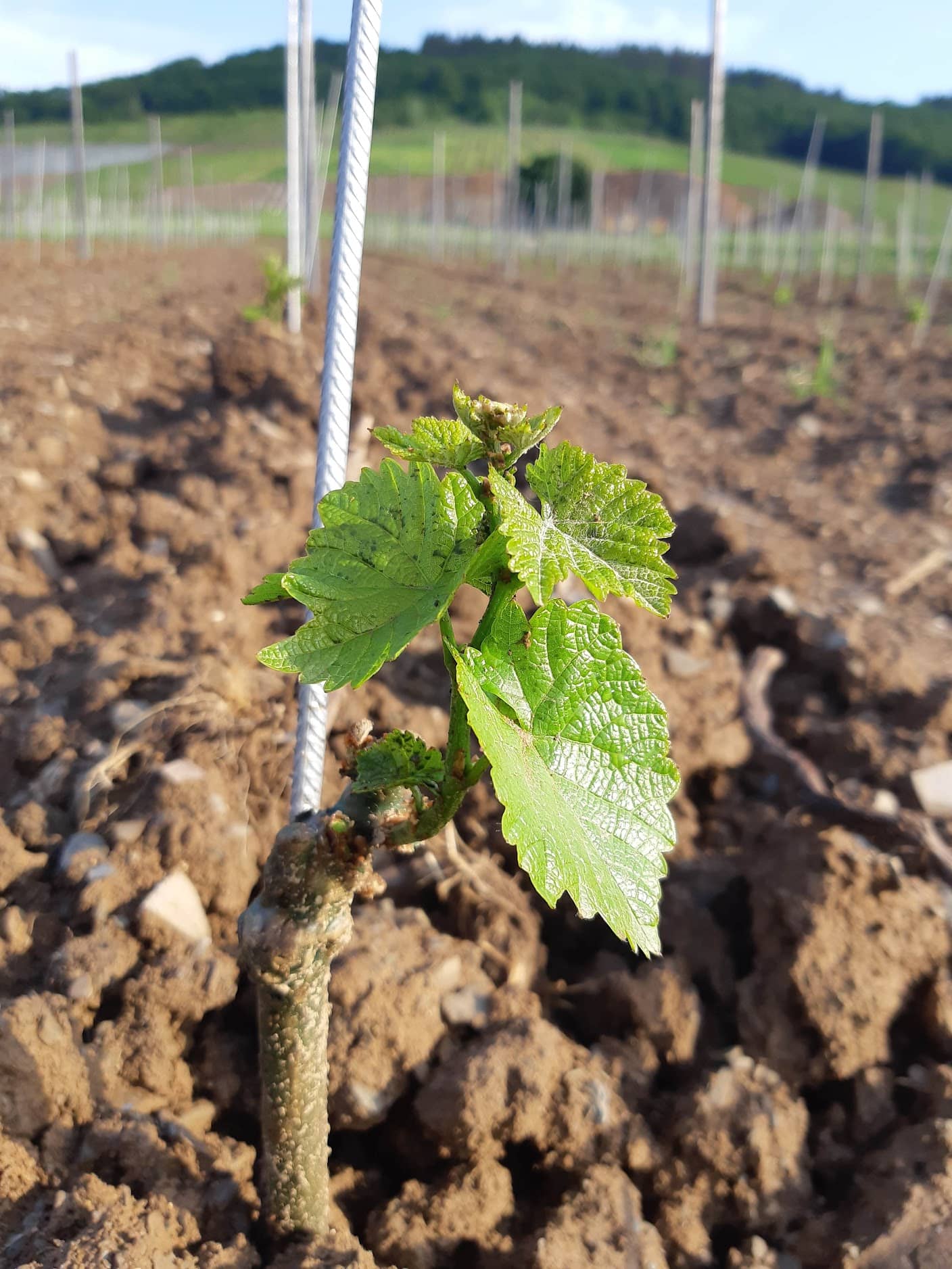
The Muscaris grape variety is a cross between Solaris and Gelber Muskatteller, which was bred in 1987 at the State Viticulture Institute in Freiburg. It is one of the
Piwis - fungus-resistant grape varieties - and thus shows good resistance to the fungi Peronospora and Oidium, which are most common in viticulture. By planting the grape
variety for the first time on our farm in 2022, we are increasing our contribution to sustainability because we have to use less plant protection. With a cultivation area
of 34 ha (as of 2020) in Germany, the proportion of Muscaris is still very small, but has increased significantly in recent years. The wine from Muscaris has a strong fruity
aroma and a nice acidity. The balance of Muscaris brings out the beautiful wines. The grape itself can produce very intense, ripe, light and exotic fruit notes, which is why
it is also very suitable as a fruity cuvée partner. The first matured wine will probably be available for purchase in our company in 2025. We are very excited to see how the project develops!





